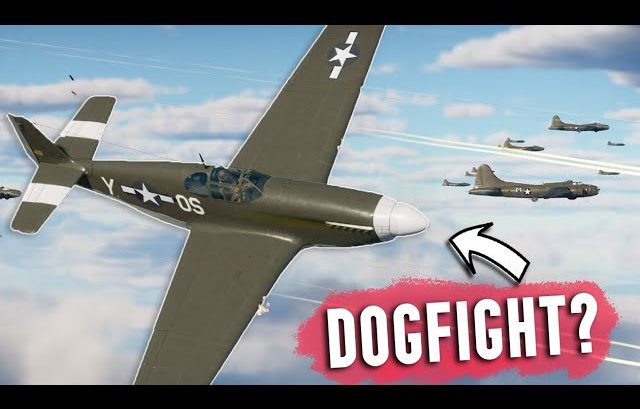The P-51 Mustang is one of the best fighters that dominated the skies over Europe in World War II. The only thing that’s more important than this legendary plane is the brave men who flew it. This is a fantastic story of a P-47 and P-51 pilot who flew over 100 missions all over Europe.
New Jersey Boy
Hailing from New Jersey, Edward McNeff joined the US Army Air Corps to become a fighter pilot. Before he was sent to combat, McNeff was sent to flight training in 1943 to learn how to fly premiere US fighters.
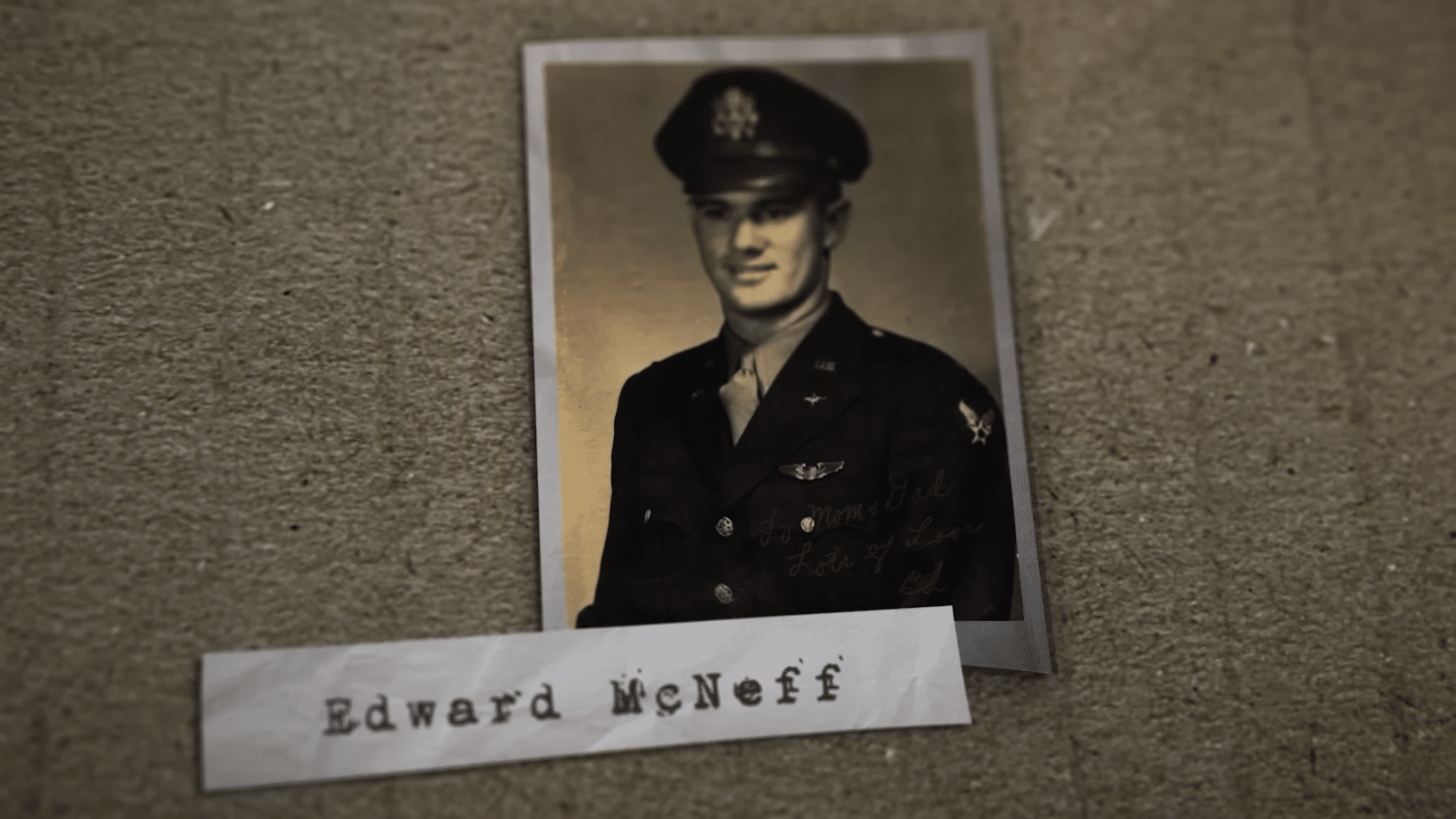
There, he would eventually master flying the P-40 Warhawk before getting assigned to fly the P-47 Thunderbolt – the most advanced fighter aircraft the US had to offer at the time. After passing his evaluations in the Thunderbolt, McNeff was sent to England to join the 355th Fighter Group in the war against Germany in 1944.
Crucial Time
Ed’s arrival could not have come at a crucial time. The Allies at that time were throwing everything they had to slow down Germany.
By now, the P-47 has proven itself to be a brilliant fighter. It’s an efficient ground attack aircraft and a formidable dogfighter. Above all else, it became known for its ability to take a beating in combat but still get its pilots home.
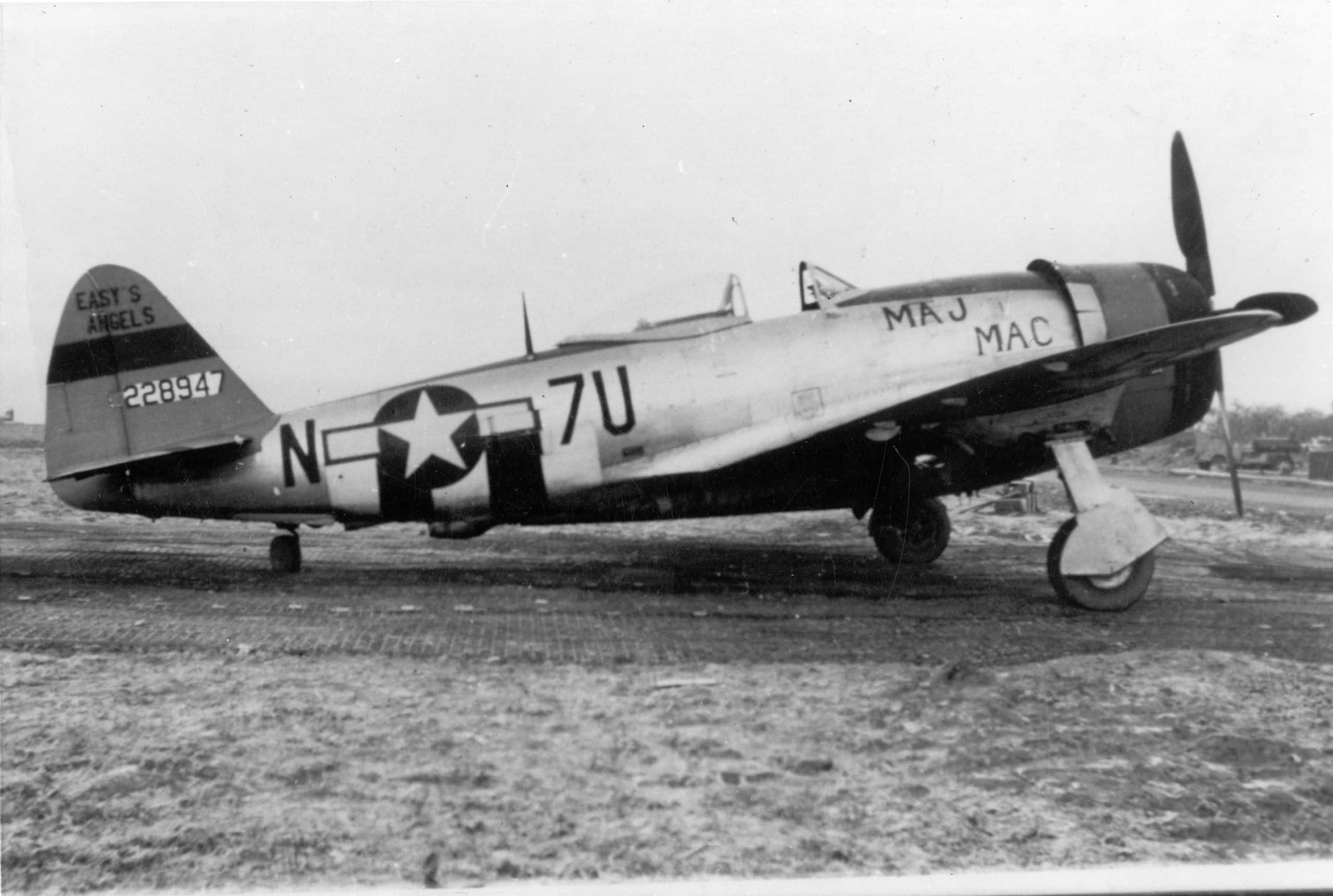
The Thunderbolts’ primary role of the 355th Fighter Group was to be a bomber escort. The US Army Air Force realized that the B-24s and B-17s couldn’t get the job done on their own and would need the aid of the fighters.
The Mustang Arrives
The biggest problem of most American fighters (like the P-47, for example) was the range – they couldn’t keep up and stay with enemy fighters for an extended period of time.
This was eventually solved by the arrival of the P-51 Mustang, which was assigned to the 355th FG.
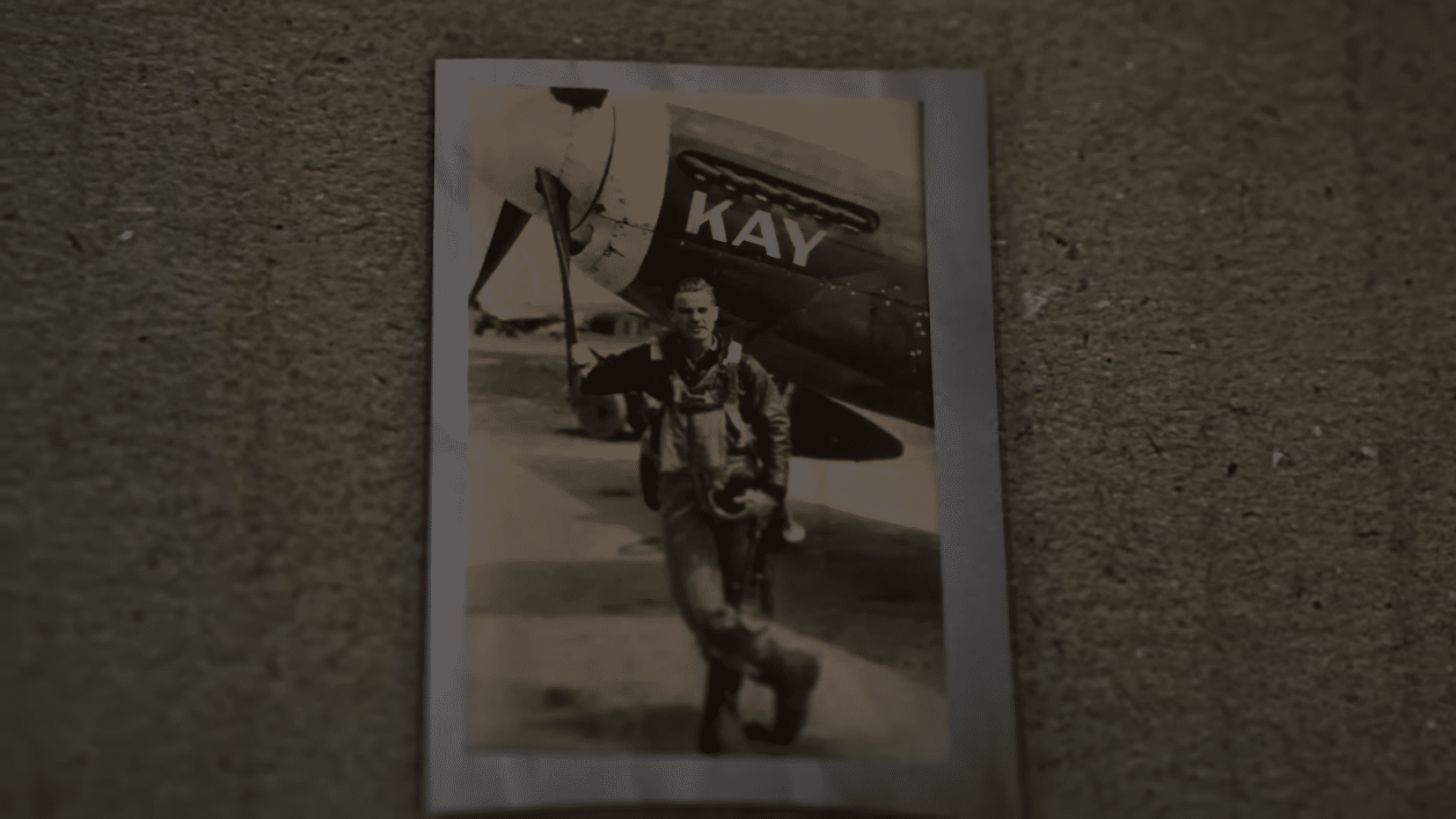
When Ed McNeff became a regular at his unit, he finally earned his own nose art and painted it after his wife back home, “Kay.”
A Fateful Mission
Unbeknownst to him, this would be the same aircraft he would use to battle the Luftwaffe for the first time. He and the rest of the 355th were serving as fighter escorts for a large raid to Augsburg, Germany.
As they approached the target, Ed quickly saw Me-109s headed right toward them.
“This one German guy peels off, and I’m going after him, and all of a sudden, he snap rolls.”
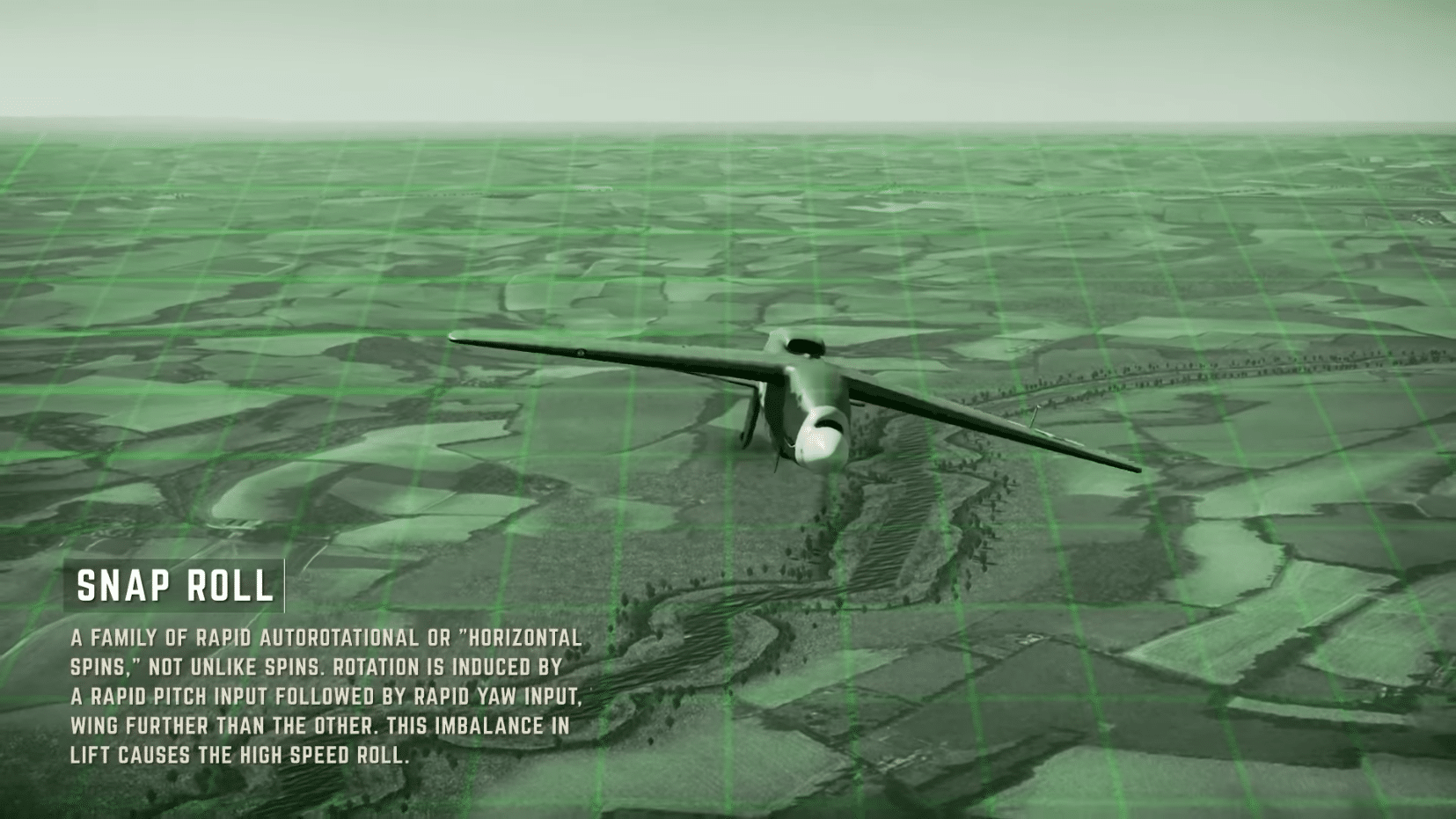
However, Ed soon found himself in a predicament – nearly at a vertical dive toward the ground, his plane had locked up on him. Falling well over 500 miles an hour, the plane’s controls were frozen, and Ed could not exit the dive.
Fortunately, the 109 left when it saw the Mustang plummeting straight down.
Close Call
“Don’t use your trim tabs to try and get it out, just keep a little pressure on the stick.”
Just before hitting the ground, McNeff pulled the nose back up around 8,000 ft.
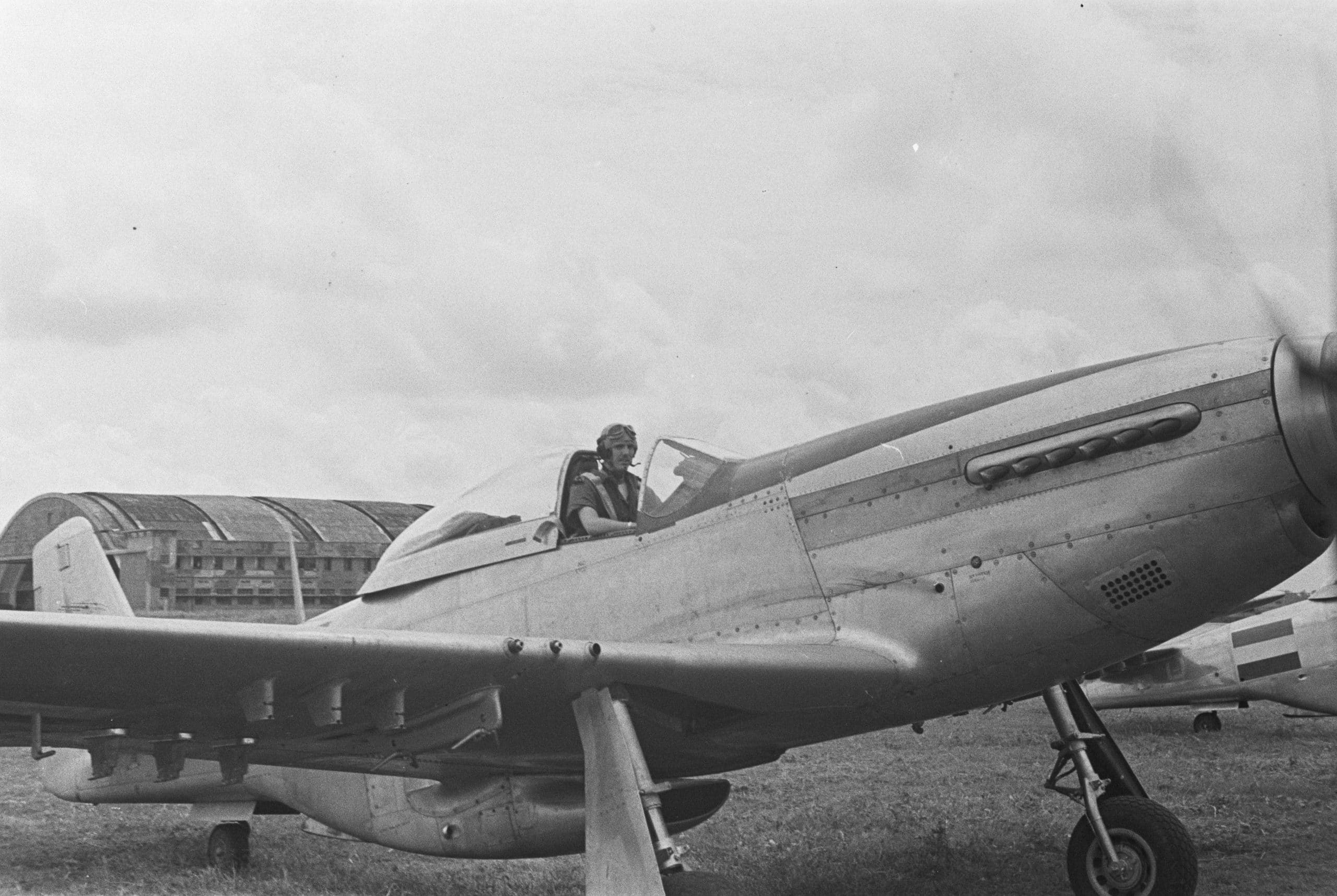
This incident became a learning experience for him, giving him valuable insight later on. But for Ed McNeff, it was only the beginning. Later, he would fly the P-47 and P-51 aircraft on 102 combat missions and was credited for destroying three enemy aircraft in aerial combat.


